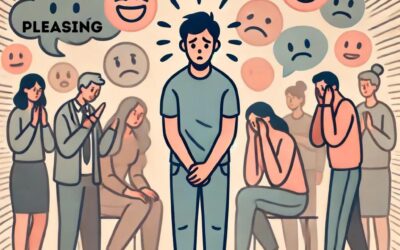 Its not news that music influences people’s mood & behavioiur. Or indeed that this in turn influences how much & how quickly they spend.
Its not news that music influences people’s mood & behavioiur. Or indeed that this in turn influences how much & how quickly they spend.
The relationship is actually fairly complex and current research has looked into things like the key of the music, the tempo, genre etc. But there are some potted rules of thumb which have come out of research which can give you some hints. The key, however, is to match the music to a) your customer and b) what you want them to do – eg buy faster, move faster, go away, come in etc
So what are those gross generalisations on music & retail sales….
-
faster tempo music increases the pace of customer traffic flow & also the number of items they buy – though it tends to also decrease the value of those items.
-
In queues, customers notice the time passing less if slower tempo music is played
-
Slow music decreases the speed of drinking & faster tempo music increases it
-
Playing specific kinds of music can be used as a deterant or filter on customers. For instance Perry Como music was used for car alarms – making most teenage thiefs run for the hills. In Japan they’ve used classical music in upmarket stores to keep teenagers out. Similarly some fast food outlets have used classical music in carparks to stop young people congregating there.
-
Slower tempo music tends to promote browsing and increase the time spent instore – partly because it alters time perception and shoppers don’t realise how much time they’ve spent there.
-
More classical music tends to communicate quality, prestige (and an assumption of higher prices)
-
Softer, soothing music can facilitate discussions about products & service
Sound confusing – well yes it can be. The key takeout really is to consider who your customer is, how they like to shop (and how you want them to shop) and the design a music strategy to match that.



